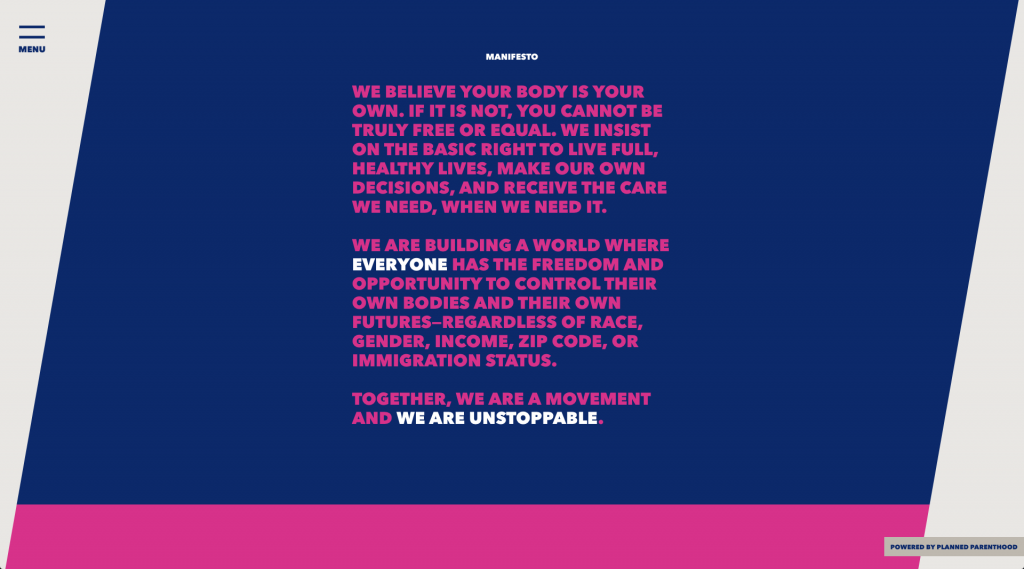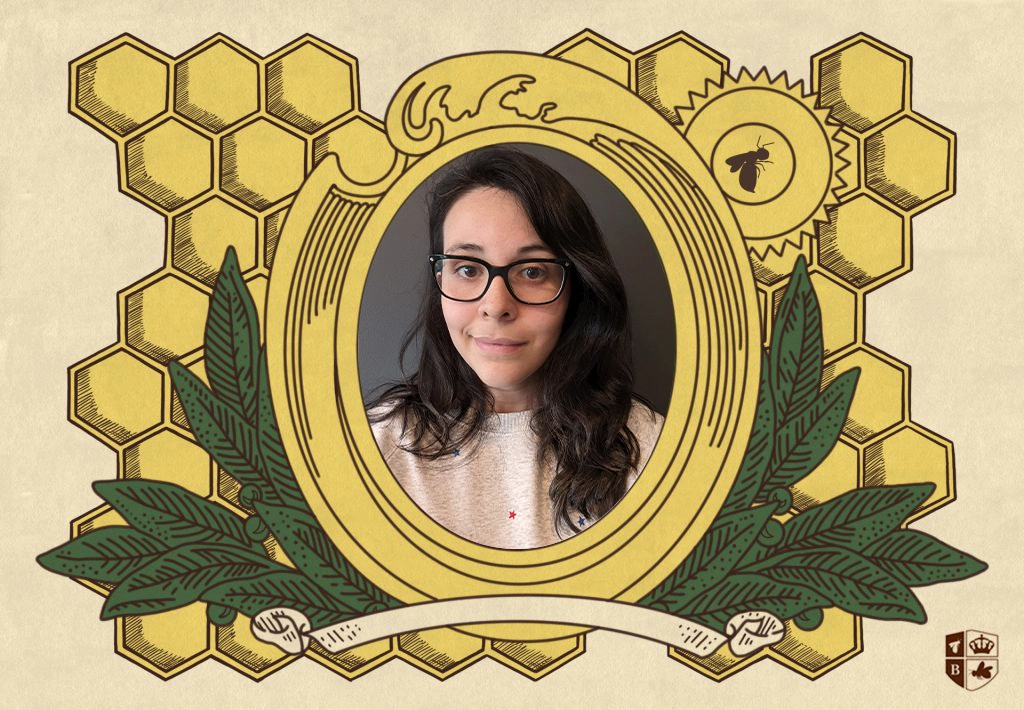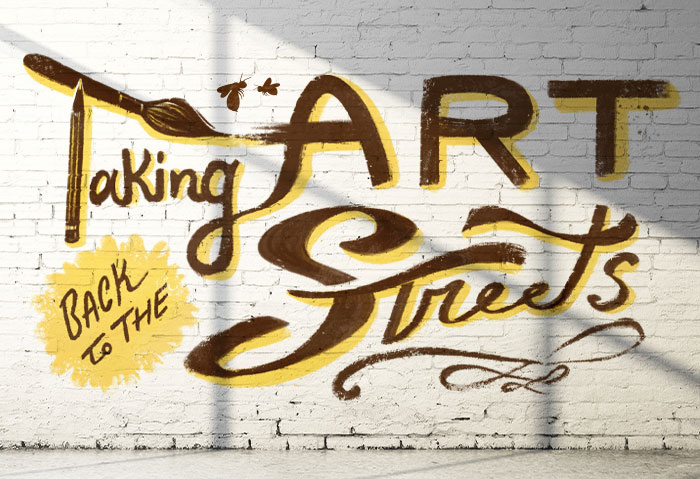Design for Better
As designers, we’ve worked tirelessly to hone a craft we hold near and dear to our hearts—stemming from sleepless nights in the matte room to countless hours staring into blue light rays. So, we often get into a mindset of feeling like we’re owed something for our devotion. Whether that’s a killer portfolio piece, a self-congratulatory award to put on your shelf or maybe you’re the first to pioneer some cool new tech. Whatever it is, it’s not the reason most of us got into design in the first place.
At its core, design is about solving problems. Typically, that problem is your client’s, and it’s almost always about reimagining a brand’s image, selling more of a product or reaching a wider audience or new demographic. And there’s nothing wrong with that. We gotta keep the lights on somehow. But what about all the problems around us that extend beyond sales? What if just once in a while, we could wield our design prowess to promote a little good in the world? What if we design for a good cause?
Take UX Offscreen
Take Victor Ng for example, a designer on Hillary Clinton’s 2016 election campaign, leading the web design department. The campaign’s policies often revolved around inclusivity for all people. For example, those with disabilities. This meant that the design of their site needed to be as accessible as possible for someone with a visual impairment.
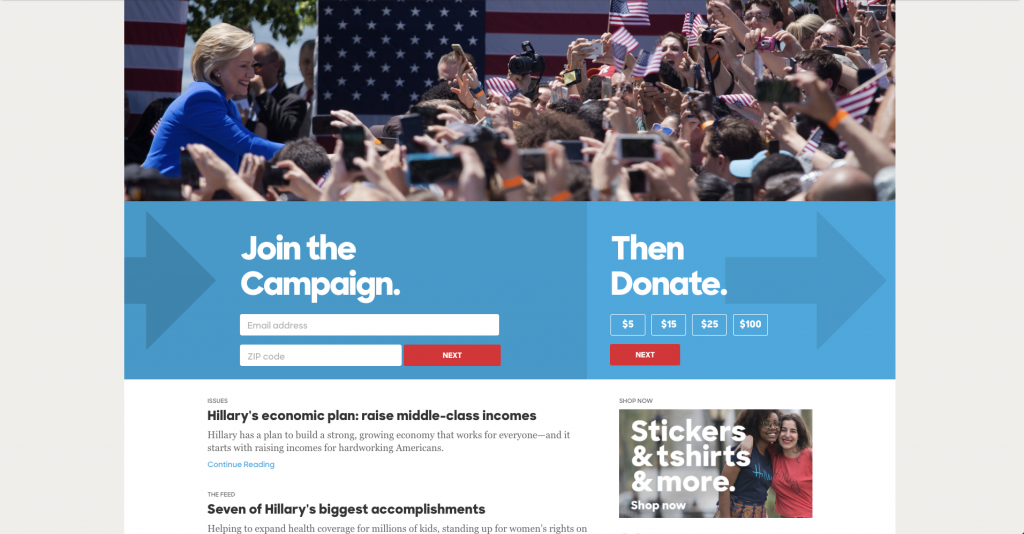
He realized early on that implementing change and problem-solving often worked incrementally. As Victor says, it may not be sexy or win an award, but it makes a world of difference to an organization without the means to invest. The point is to focus on what is most helpful for the client at that moment. Sometimes the most elaborate design that works for a corporate client might be a few steps beyond a concise, meaningful solution.
Be Unstoppable
Aligning your client list with social causes is another way to make good use of our powers. Take Unstoppable, powered by Planned Parenthood. It’s an incredibly simple yet powerful tool, created to recruit new allies and advocates by providing resources and inspiration.
It’s chock full of statistics about health care, LGBTQ and reproductive rights and sexual assault. With a simple call to action to become a Planned Parenthood Defender, the site serves to empower those who want to act during critical political moments and gives them the resources to do so. Giving people a platform to learn more about and share an important movement is how design continues to shape the kind of world we want to be a part of.
The Fruits of Your Labor
It goes without saying that we, as designers, don’t often get to see the impact of our efforts unless there’s a measurable component. However, with many of these social projects, it’s invigorating to get to see your work out in the world having real results.
The Design Trust for Public Space actively works to expand the potential of New York City’s public spaces. In 2006, they were integral in reclaiming over 6 acres of open space atop 1.45 miles of elevated rail deck in Manhattan, known today as The High Line public park. However, their work didn’t stop there.
With over 700 farms and gardens throughout the NYC boroughs, an incredible amount of food is grown and distributed throughout the community. Unfortunately, many of these farms operate independently from each other and lack a standardized system to track the impact of their work.

In 2012, with the design help of Kiss Me I’m Polish, they embarked on a journey to implement citywide policies and plans to coordinate farming efforts within the city. With the goal of compiling policy recommendations and metrics, they hoped to spread the movement’s impact and empower local communities to increase resources and funding.
Their research began with interviews of farmers, gardeners, nonprofits and agricultural stakeholders to get a complete view of the task at hand. They referenced current community gardens and urban farms throughout all five boroughs to form a solid foundation for their design solution. The main takeaways for this project centered on presenting vast amounts of data with simplicity, directness and legibility in mind. A nearly 200-page publication, a slew of infographics and a comprehensive site to detail core findings were the resulting collateral elements. These pieces were built around a handmade visual framework to contrast the intricate quantity of metrics and data.
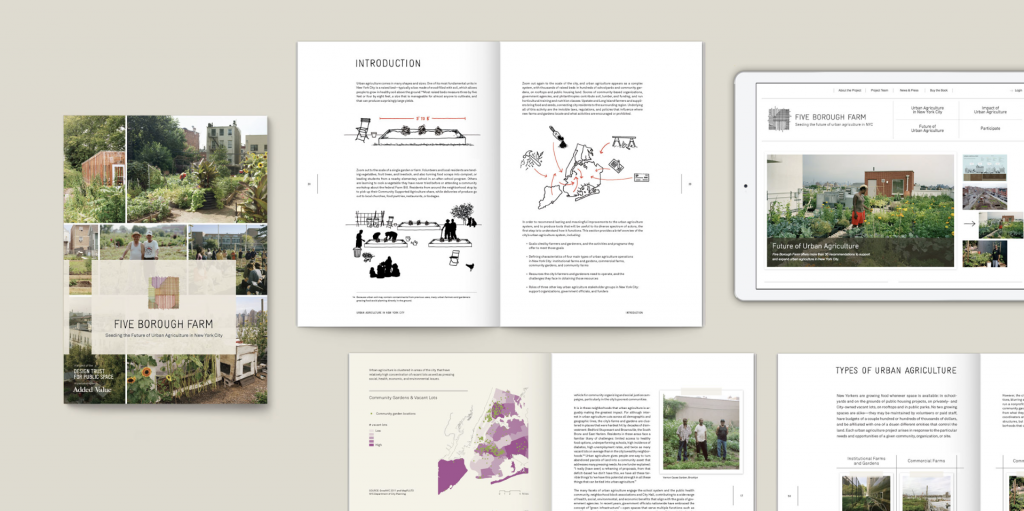
In the end, they produced the most detailed survey of urban agriculture in New York City. They’ve given the necessary tools for farmers to demonstrate their influence and connect on the municipal level. In addition, the Design Trust has gained a valuable communication tool through infographics to continue their urban agriculture outreach. They’ve become a respected opinion, consulting with Senator Kirsten Gillibrand about how urban agriculture can be supported in the Farm Bill. To learn more about ongoing urban farming efforts, check out their site.
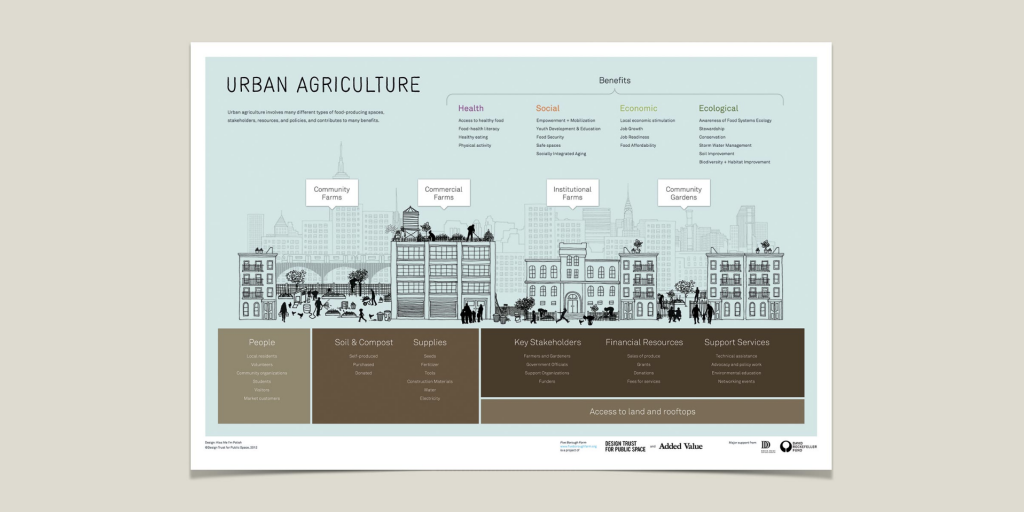
Pick Up the Phone
If you’re not sure where to start on your altruistic design mission, find a common cause. Domestic violence, immigration, public health and voting are just a few areas that can benefit from design thinking. Find an organization that matters to you and get in touch. They’re more than likely in need of some design help. Find those who already have a passionate following and consider how design could bolster their message. AIGA Design for Good has a fantastic, comprehensive list to get you started.
If you’re really itching to wholly commit to design for a good cause, check out dothemostgood.design. Their monthly newsletter highlights in-house job opportunities at progressive nonprofits and socially-minded establishments.
Campaign Crush: Save the Food
The Universal Language of Images
Marketing in an Age of Distraction: 4 Key Takeaways from Hit Makers






